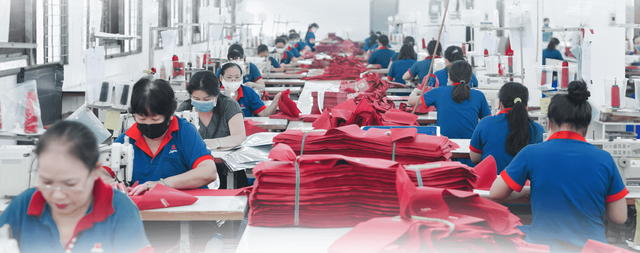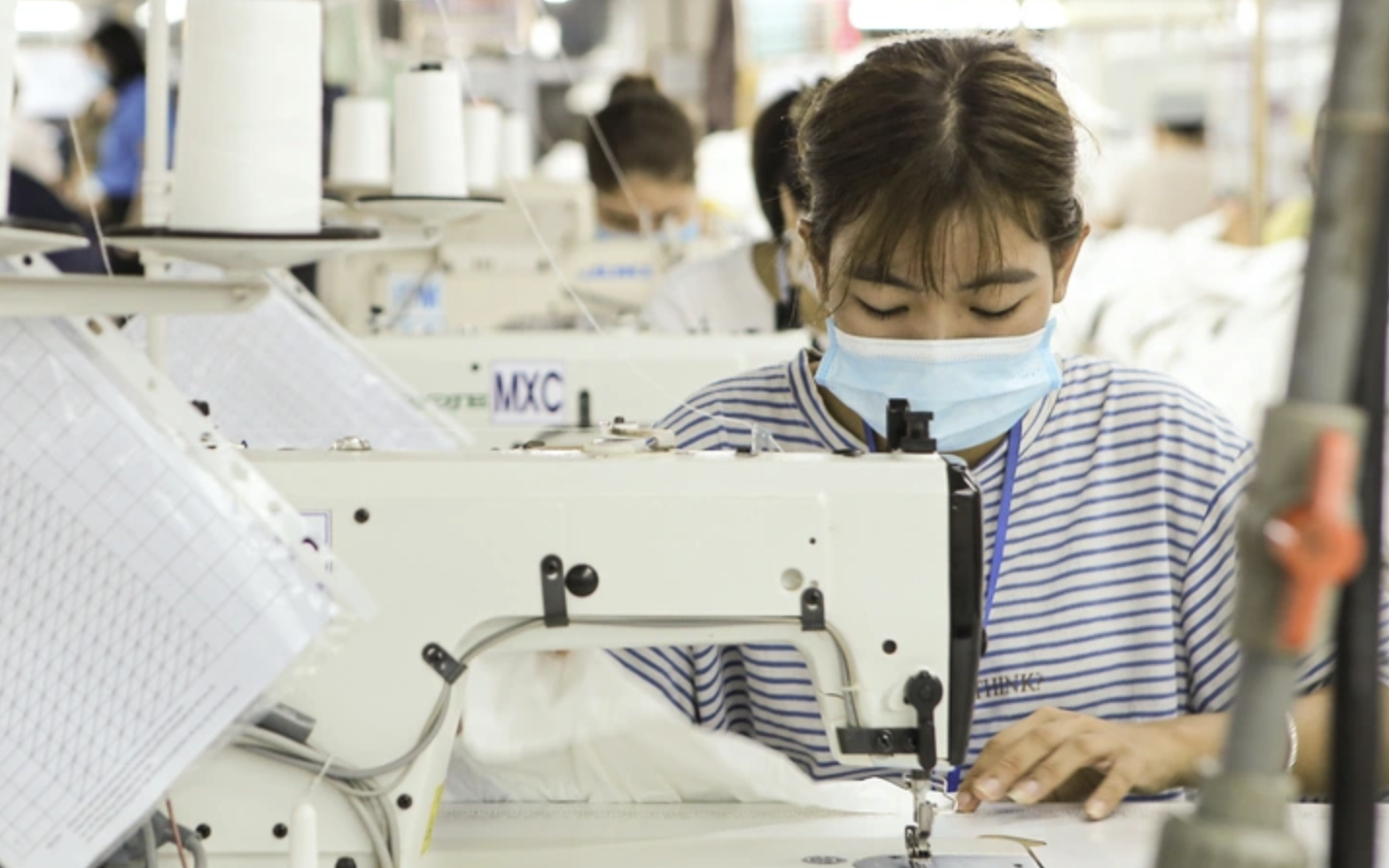
Employees work at the Leather Footwear and Garment Making Exporting Corporation (Legamex). Photo: Legamex
Founded in August 1986, Legamex rose to prominence through its role in exporting footwear and garments to the Soviet Union and other international markets.
However, the company’s long-standing reliance on low-margin contract manufacturing has become unsustainable, particularly in the face of global market disruptions and outdated infrastructure.
Legamex’s early years were marked by steady demand from the Soviet bloc.
After transitioning to a joint-stock company in 2005, it continued outsourcing for domestic clients but lacked the capital and capacity to scale up its own branded exports.
The COVID-19 pandemic further eroded its already fragile position.
By late 2022, the company had lost key contracts, including a major deal to produce fabric wardrobes.
In 2023, Legamex pivoted to small fashion garment orders in hopes of recovery.
However, the global textile and garment market remained sluggish.
Incoming orders were infrequent, offered low margins, and came with tight production timelines, leaving little room for profitability.
Outdated equipment, with its most machines being over a decade old, hindered automation and productivity.
As a result, Legamex struggled to compete in an increasingly high-tech industry.
Despite slight signs of a rebound in Vietnam’s textile-garment sector, the firm’s labor force shrank due to low wages and an inability to attract new workers.
Besides, annual land lease payments to the government remain a heavy burden.
In 2024 alone, Legamex posted over VND33 billion (US$1.3 million) in losses and reported negative equity of nearly VND79 billion ($3 million).
Its total liabilities surpassed VND150 billion ($5.8 million), including tax debts, land lease fees, and private and institutional loans.
Meanwhile, Legamex’s real estate project, Lega Fashion House, intended to help ease financial strain, has stalled for years due to unresolved legal issues.
The company had pledged to repay investor Ocean Group JSC nearly VND39 billion ($1.5 million) for its capital contribution, but this repayment depends on future cooperation with new partners.
Facing operational deadlock and financial uncertainty, Legamex opted to pause its outsourcing services to limit further losses.
The Legamex leadership emphasized that resuming production would only be considered when market conditions improve and the company secures adequate resources.
Over the past year, Legamex’s ownership has undergone significant restructuring.
Gia Dinh Textile and Garment Corporation divested its 25.5-percent stake.
Individual investor Bui Thi Thuy Chung increased her ownership in Legamex from 3.3 percent to over 18 percent.
Ha Nam Textile and Garment Trading Co., Ltd. acquired a controlling 72.67-percent stake, while other major shareholders also transferred their entire capital.
Board chairman Nguyen Hoang Vu acquired a 3.99-percent stake.
By the end of 2024, Legamex had a head count of 202 employees.
Legamex’s story traces back to its origins as a garment and leather factory under the management of the District 10 People’s Committee in Ho Chi Minh City, tasked with producing and processing leather footwear and garments for export to the Soviet Union and other countries.
In December 1988, as its scale expanded, the entity was renamed Legamex, operating in textiles, leather, and garments, serving both export and domestic markets.
Its shares were officially traded on the unlisted public company market, or UpCOM, in 2019.



Max: 1500 characters
There are no comments yet. Be the first to comment.